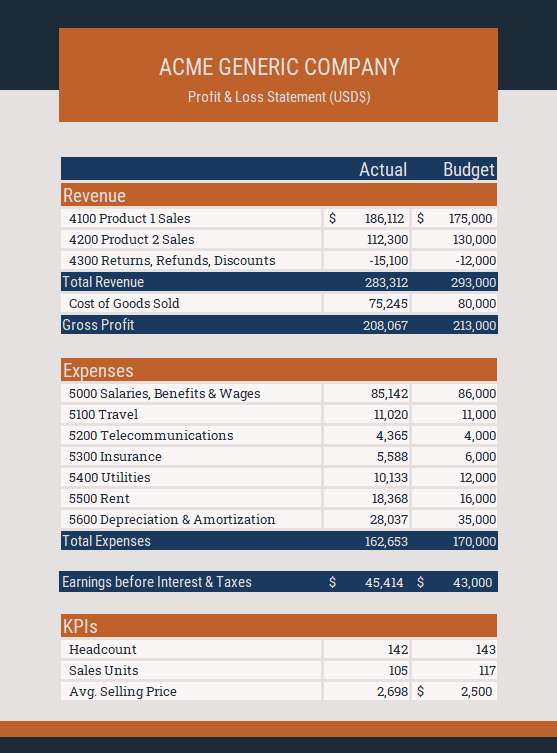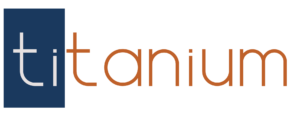Budgeting & Forecasting
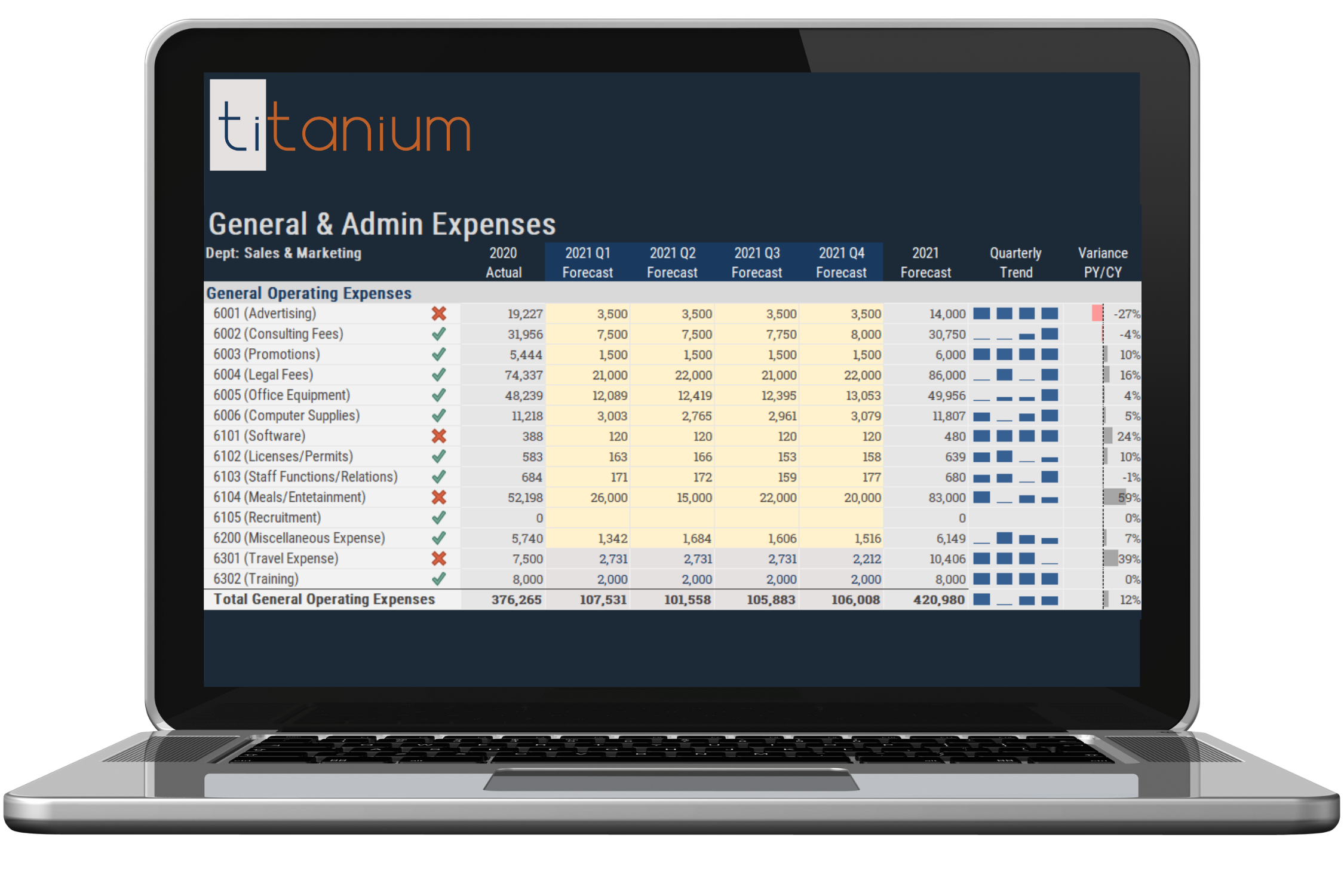
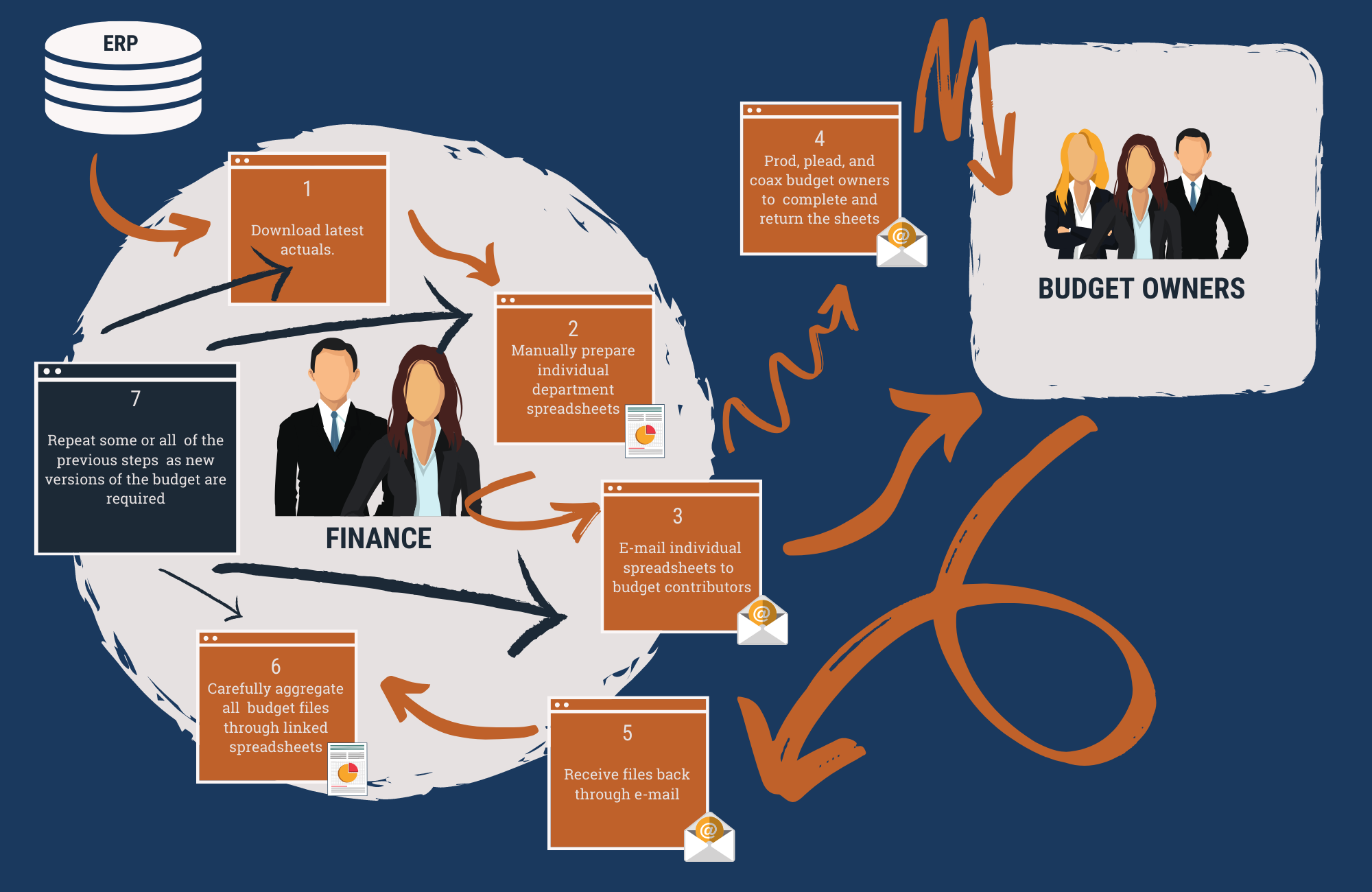
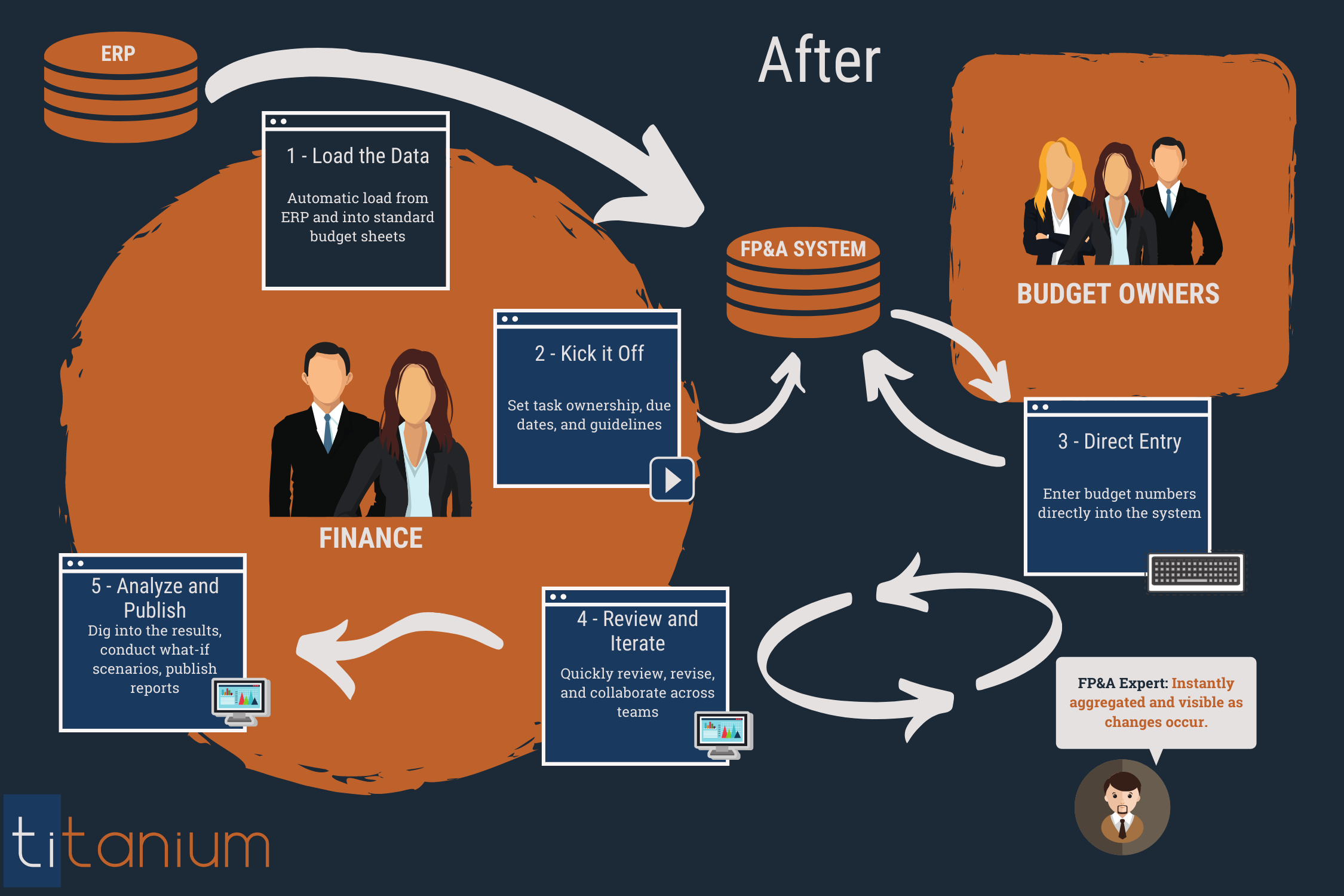
Before FP&A Software
Your finance team is expending high-cost resources doing repetitive, low-value work. You’re downloading raw data, copying and pasting and manipulating it, e-mailing out files and trying to keep track of them, and then consolidating files back into aggregated reports.
After FP&A Software
Your data will flow into the system on a daily basis and will automatically display in reports and templates . Your budget contributors can enter data directly into the system without need for e-mailing files. The system will aggregate their numbers without the need for linking sheets or other manual effort. Everything that should be easy, finally becomes so.
Before FP&A Software
Decision making is delayed. By the time you’ve gone through manual FP&A processes to collect and understand the data, it is already partially obsolete. Planning cycles are long and infrequent.
After FP&A Software
The dream of a continuous planning cycle becomes a reality. Build a culture of planning and reforecast your numbers every month, making your organization more nimble and responsive to changing market dynamics.
Before FP&A Software
Version control is difficult and error prone. Numbers are copy/pasted into the wrong cells or cost centers are missed missed in Excel formulas. Budget owners send you multiple versions of their plan and you need to keep track of which is the correct one. It’s difficult to compare the half-dozen budget iterations side-by-side to understand what has changed.
After FP&A Software
The current working plan is controlled centrally through Finance so everyone is always working on the latest one. The system lets you easily take a snapshot of your existing plan. You can drill into the key drivers and changes across plans and understand who make them and when. There is an audit trail throughout the whole system.
Before FP&A Software
It’s difficult to know exactly how the annual budget is looking. Some budget owners have submitted to you, while some have not. For those who have submitted, you haven’t had time to connect their sheets into your consolidated model anyway. You won’t get a look at the first budget draft for weeks.
After FP&A Software
Enjoy a transparent planning process. See data entered and aggregated into the budget in real time. Communicate with your budget owners and make changes on their behalf directly. View the outstanding budget tasks and due dates and follow-up with those managers who are behind.
Your FP&A Software should adapt to you
Define your Process
We’ll work with you to define your step-by-step process. Determine your data sources, input templates, and outputs. Collaborate with team members across the organization.
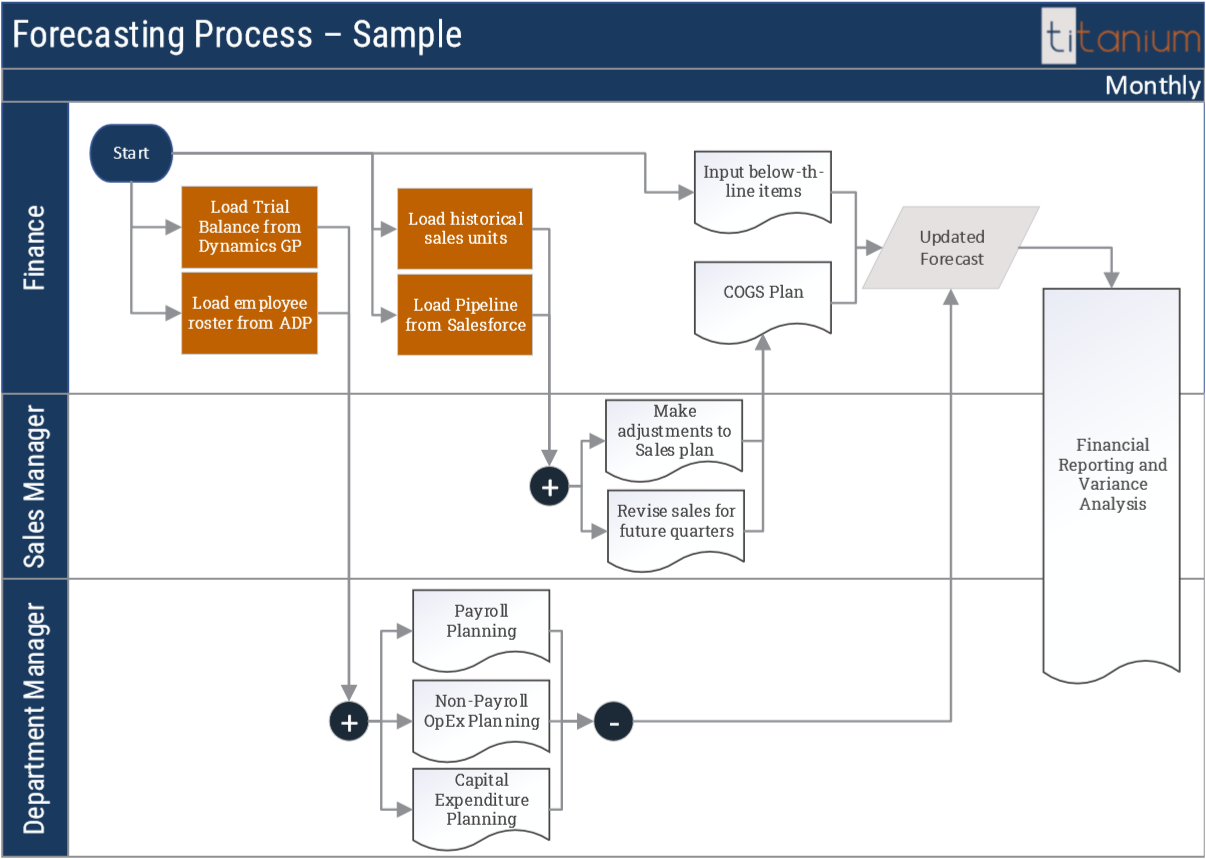
Incorporate your Financial Models
Model your complete P&L and Balance sheet. Bring your existing logic into the FP&A software or work with us to define a new methodology.
